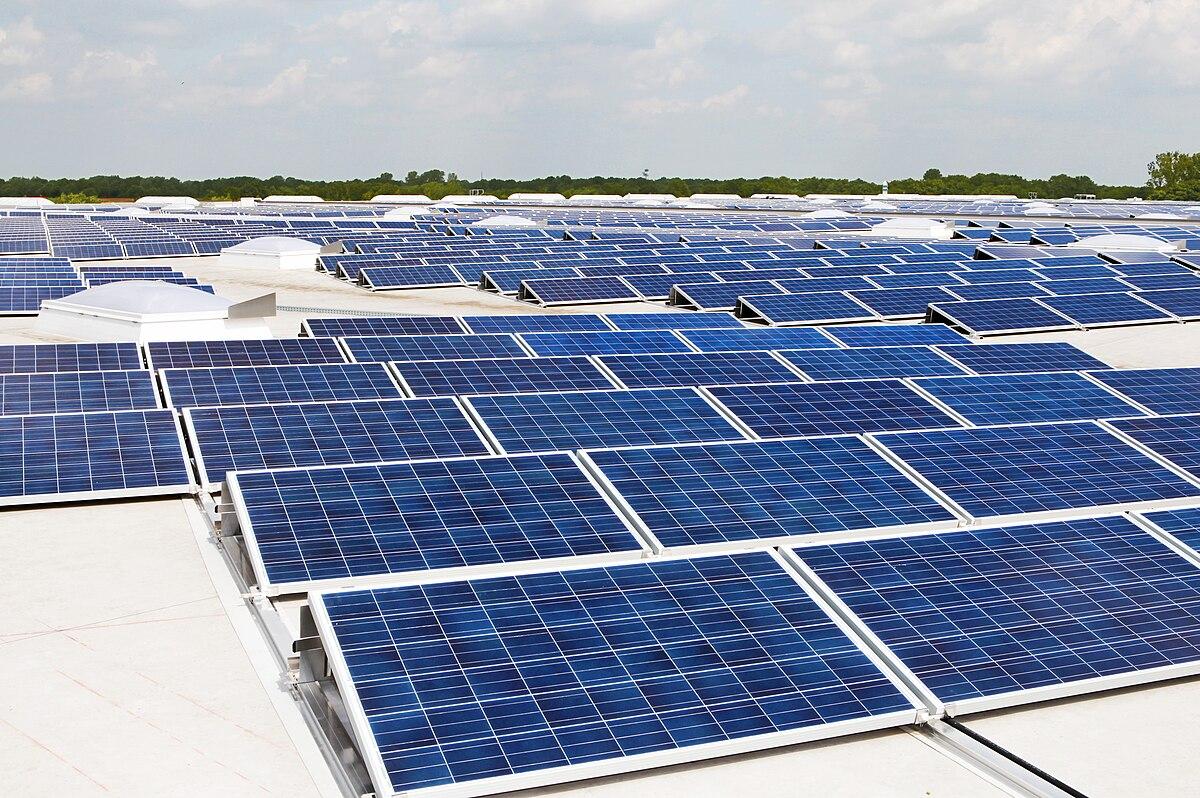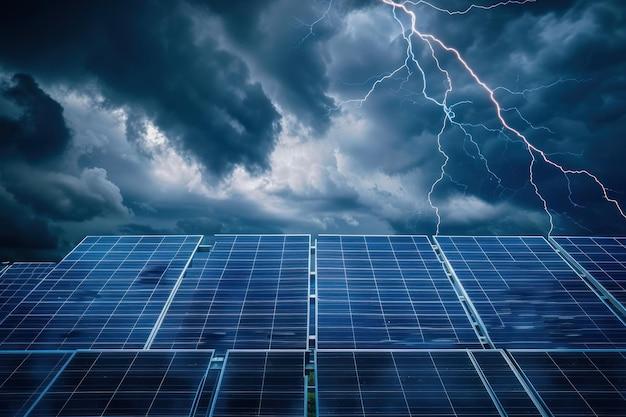Solar storms, intense bursts of electromagnetic energy from the Sun, are emerging as a significant threat to the technological infrastructure of modern agriculture. These celestial phenomena, which occur during periods of heightened solar activity, can disrupt GPS systems, satellite communications, and automated farming equipment that have become essential tools in contemporary farming operations. As precision agriculture increasingly relies on digital technology and satellite-based navigation, the vulnerability of farming systems to space weather events has become a pressing concern for the agricultural sector. Recent extreme solar activity has disrupted precision farming operations across multiple continents, causing significant challenges for farmers relying on GPS-guided equipment and automated systems. These geomagnetic disturbances, triggered by intense solar flares and coronal mass ejections, have interfered with satellite signals crucial for modern agricultural technology.
Agricultural experts report widespread malfunctions in autonomous tractors, drone surveillance systems, and irrigation controllers. These sophisticated tools, designed to optimize crop yields and reduce labor costs, have become increasingly vulnerable to space weather events. Farmers in North America and Europe have documented numerous instances of navigation errors, with self-driving machinery deviating from programmed routes by several meters.
The impact extends beyond navigation systems. Smart sensors monitoring soil moisture, temperature, and nutrient levels have exhibited unreliable readings during solar events. This compromises data-driven decision-making processes that modern farms depend on for resource management and crop optimization.
Economic implications are mounting as farmers face unexpected downtime and potential crop losses. Insurance companies are now reassessing their policies to account for solar storm-related disruptions, creating additional financial pressure on agricultural businesses.
Weather monitoring stations and automated weather-responsive systems have also shown inconsistencies during these solar events. Several farming operations have reported irrigation systems activating at incorrect times or failing to respond to environmental triggers, potentially affecting crop health and water conservation efforts.
Technical solutions are emerging, though implementation poses challenges. Agricultural technology manufacturers are developing radiation-hardened components and backup systems to maintain functionality during solar disturbances. However, these upgrades come with substantial costs that many farmers struggle to justify.
Research institutions are working on predictive models to forecast severe space weather events that could affect farming operations. These early warning systems aim to give farmers time to switch to manual operations or implement protective measures for sensitive equipment.
The frequency of these solar disruptions is expected to increase as we approach the solar maximum, predicted to peak in 2025. Agricultural technology providers are racing to develop more resilient systems, while farmers are reassessing their dependence on fully automated solutions.
Government agencies are now considering guidelines for solar-resilient farming technology, similar to existing standards for other critical infrastructure. These potential regulations could reshape the agricultural technology landscape and influence future farm management strategies.
Industry experts recommend maintaining hybrid systems that can operate both automatically and manually, ensuring continuous farming operations during solar disturbances. This approach, while more labor-intensive, provides essential redundancy for critical agricultural processes.
The situation highlights the delicate balance between technological advancement and environmental vulnerabilities in modern agriculture, prompting a broader discussion about sustainable farming practices in an increasingly interconnected world.
